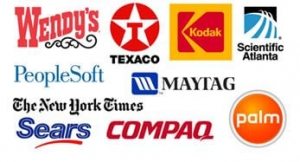“An S&P 500 index fund never beats the index. There’s fees, there’s friction costs, and other costs involved,” said Robert Reynolds, a manager at Putnam Investment Fund.

“An S&P 500 index fund never beats the index. There’s fees, there’s friction costs, and other costs involved,” said Robert Reynolds, a manager at Putnam Investment Fund.

Global Market Comments
September 3, 2025
Fiat Lux
Featured Trade:
(TESTIMONIAL)
(HOW TO SPOT A MARKET TOP),
(SPY), (NFLX), (TSLA), (PLTR), (LEN), (TLT), (BAC), (MS), (GS)
Global Market Comments
September 2, 2025
Fiat Lux
Featured Trade:
(THE BEST LEAPS TESTIMONIAL EVER)
Legal Disclaimer
There is a very high degree of risk involved in trading. Past results are not indicative of future returns. MadHedgeFundTrader.com and all individuals affiliated with this site assume no responsibilities for your trading and investment results. The indicators, strategies, columns, articles and all other features are for educational purposes only and should not be construed as investment advice. Information for futures trading observations are obtained from sources believed to be reliable, but we do not warrant its completeness or accuracy, or warrant any results from the use of the information. Your use of the trading observations is entirely at your own risk and it is your sole responsibility to evaluate the accuracy, completeness and usefulness of the information. You must assess the risk of any trade with your broker and make your own independent decisions regarding any securities mentioned herein. Affiliates of MadHedgeFundTrader.com may have a position or effect transactions in the securities described herein (or options thereon) and/or otherwise employ trading strategies that may be consistent or inconsistent with the provided strategies.
